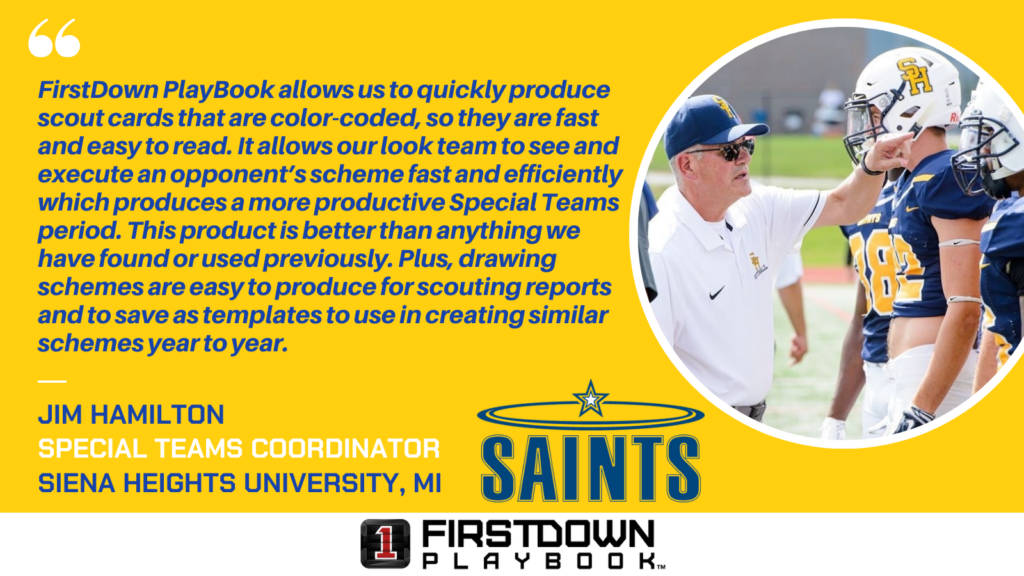Special Teams Whole Part Whole Teaching

If you are a young special teams coach and you are trying to teach every position for any of your six phases, you are in trouble. The very nature of special teams demands that you break it up into parts and let the other coaches help you. This is where understanding “Whole Part Whole” teaching comes in handy.
You may install the concept in a meeting so that everyone can get the big picture. However, when you hit the field, you need to break your teaching up into parts. This way your players are getting the detail that is necessary to make the play a success.
This style of teaching is referred to as “Whole-Part-Whole” teaching. To put it succinctly, it is giving your players the complete picture first. Next, you break up into the specific parts of the play. Finally you put those parts back together to create the finished whole picture.
It Is Critical That A Special Teams Coach Use The “Whole Part Whole” Style Of Teaching
This style of teaching is obviously not exclusive to football. It is used in almost any area of teaching you will encounter. Special teams coaches however; must adapt this teaching style in a hurry or they will most certainly fail.
Let’s take kickoff return for example. Kickoff return is one of the more unique plays to be found in the sport of football. You spread one team out on one half of the football field to return the kick. While at the same time, you are defending the field because the ball is live after it travels ten yards.
On the other side of the field you line the coverage team up in a straight line and turn them loose to the football. For a young special teams coach it can seem like a daunting task. You are trying to create some order out of this high speed chaos that starts every football game.
However, when you break the big picture down into the smaller parts a special teams play can be a lot easier to teach. Today we take one of our special teams installs and break it down as an example of what we mean.
